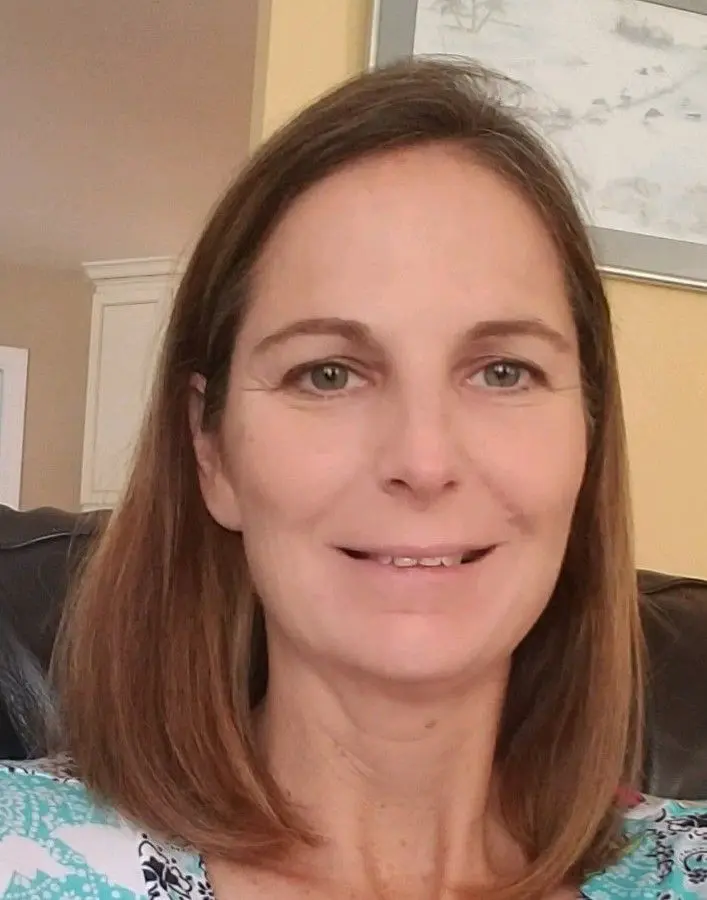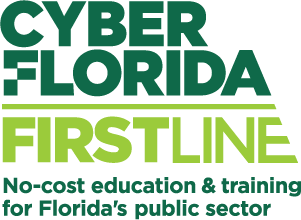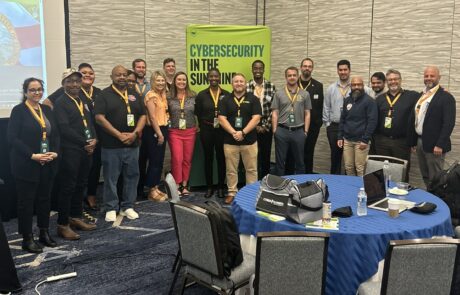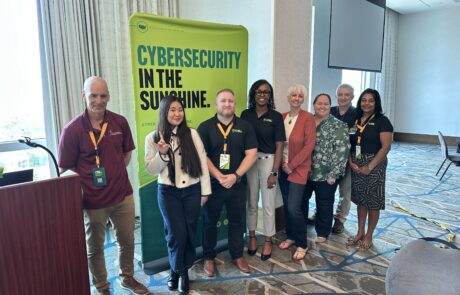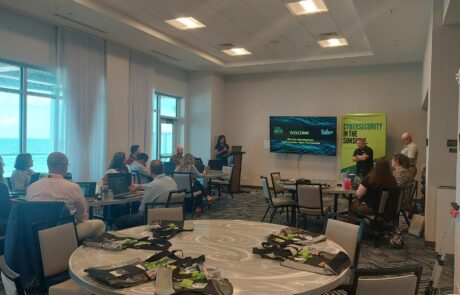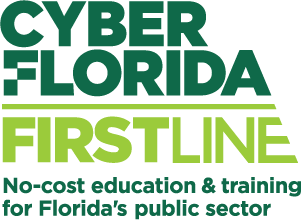How One Apprentice Found His Footing in Offensive Security
When Yousef Blassy steps off the packed New York City subway each morning and walks into Google’s Manhattan offices, he’s stepping into a dream that started with curiosity, a willingness to take risks, and a foundational cybersecurity training program called SOCAP.
Today, Yousef works as an offensive security consultant at Google, placing him squarely on the front lines of one of the world’s most sophisticated tech environments. But a short time ago, he was a student in Cyber Florida’s SOCAP (Security Operations Center Apprentice Program), learning the ropes of a rapidly evolving field.
A Day in the Life at Google
As part of Google’s security consulting team, Yousef dives into complex client environments, actively hunting for vulnerabilities, testing system defenses, and identifying potential weak points before malicious actors do. When he’s not in the thick of an engagement, he’s contributing to team projects, conducting research, or sharpening his skills through continuous learning.
The work is fast-paced and mentally demanding, but Yousef is exactly where he wants to be. He credits SOCAP for helping him get there.
The SOCAP Experience: More Than Just Training
“Penetration test reports can be long and time-consuming,” he explained. “The technical writing I did in SOCAP—writing detailed tickets and documentation—directly prepared me for the type of communication required in my current role.”
Beyond writing skills, SOCAP provided a crucial launching pad for his red-teaming ambitions. While others might gravitate toward blue team roles, Yousef knew early on he was drawn to the offensive side of security. SOCAP didn’t just allow him to explore that interest; it actively supported it, even providing a voucher for the Practical Junior Penetration Tester (PJPT) certification.
Passing the PJPT wasn’t just a personal milestone; it proved to be a key differentiator during his interview process with Google.
From Apprentice to Consultant: Navigating the Transition
Still, the shift from a learning environment to full-time consulting wasn’t without its challenges. “The biggest adjustment,” Yousef says, “was the need for on-the-spot learning and problem-solving.”
As an apprentice, support was always close at hand. But in the world of security consulting, especially on solo engagements, the expectations are different. “There’s less handholding,” he explains. “You’re expected to deliver tangible results by the end of your engagement, even if the findings are minimal.”
That kind of independence requires technical chops, confidence, adaptability, and the mindset to treat every challenge as an opportunity to grow.
Advice for the Next Generation
Yousef doesn’t mince words when advising current SOCAP students: “Don’t be shy and actively seek out work you might feel unprepared for.”
He knows firsthand that some of the best learning happens outside your comfort zone. “It’s often all in your head. You are capable. And if you hit a wall, remember—whatever issue you’re facing, someone online has likely already solved it.”
Looking back, he wishes he had taken more initiative during the program. Whether it was participating in free Capture the Flag (CTF) competitions or attending local cybersecurity conferences, he sees now that those moments outside the classroom are just as vital to growth as the formal curriculum.
Looking Ahead
Yousef isn’t slowing down anytime soon. He sees his future rooted in cloud security, with a focus on becoming an increasingly skilled and impactful consultant. Next on his horizon? The Offensive Security Certified Professional (OSCP) certification is a notoriously challenging credential that he hopes to complete by the end of the year.
He’s also keen to give back. You can follow his journey or connect with him on LinkedIn, where he shares updates, thoughts, and resources for fellow cybersecurity professionals and students.
Beyond the Code
Of course, life at Google isn’t all about firewalls and exploits. Sometimes, it’s about grabbing a $1.50 slice of pizza to get through a long shift. And sometimes, it’s about a deeper lesson that has nothing to do with security tools or certifications.
For Yousef, that unexpected insight came in the form of spiritual clarity: “Have trust in God’s plan, for He is the best of planners.”
Yousef’s story is proof that cybersecurity careers aren’t born—they’re built, step by step, with curiosity, hard work, and the courage to take on what you think you’re not ready for. From SOCAP to Google, he’s forged a path that many aspire to—and he’s just getting started.








